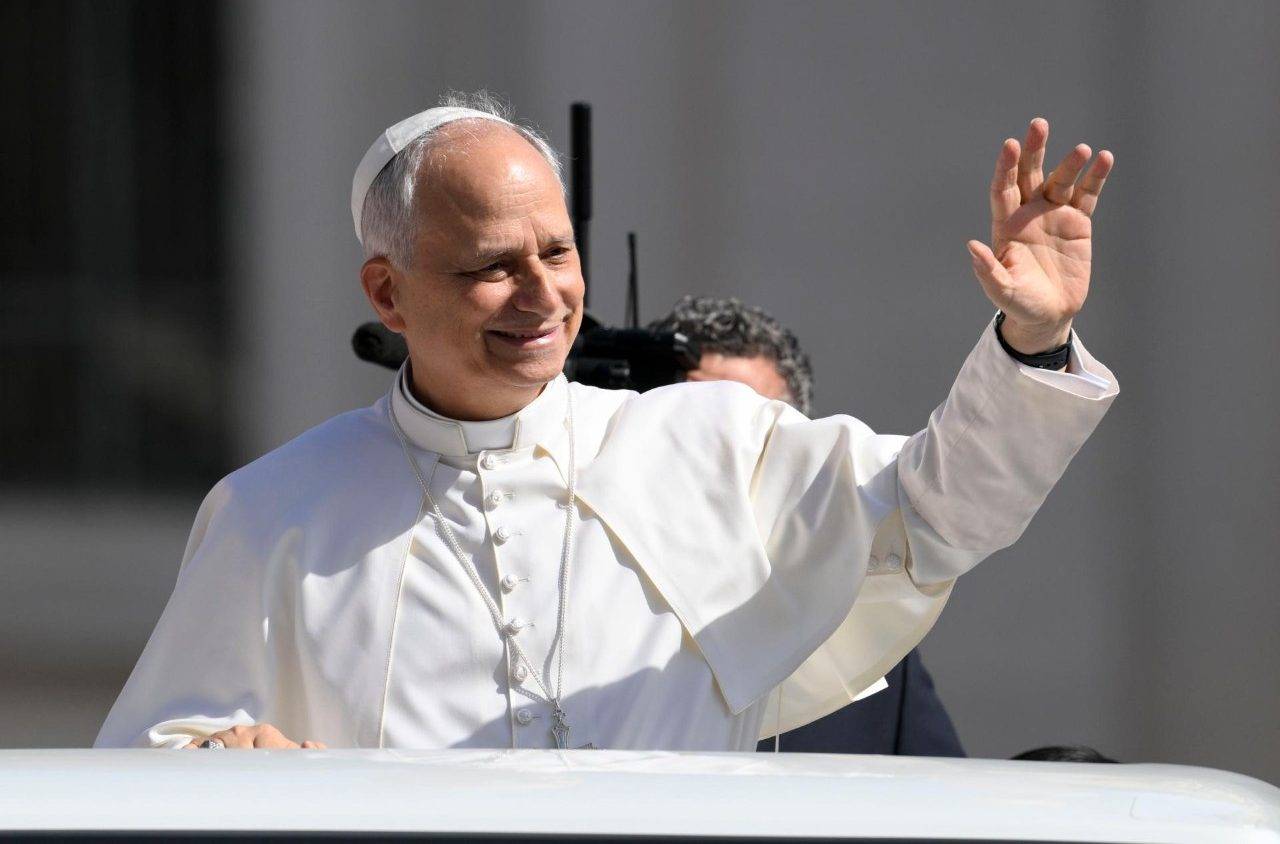Elsewhere on the Crux site today, Jack Valero has a piece insisting that clericalism should be consigned to the dustbins of history and the Church should fully embrace the lay role. In effect, the suggestion is that lay people “represent” the Church every bit as much as clergy, if not in terms of its teaching authority then its evangelizing mission.
That’s an argument that doubtless will resonate with many Catholics, including Pope Francis, whose distaste for clericalism is well-documented. An exclusive Crux story yesterday, however, offers an important reminder that laity have to take the bitter with the sweet: If you want to be empowered, you also have to be accountable.
In a nutshell, Austen Ivereigh reported from Peru that the head of a Church court there has written a painstaking letter documenting efforts to inform the Vatican of charges of sexual and other forms of abuse against the founder of a powerful lay movement known as the Sodalitium Christianae Vitae, and expressing palpably growing outrage at the lack of a response over four years.
It was just in May that the Vatican’s Congregation for Religious finally appointed a delegate to oversee a process of reform, and it still has not imposed any ecclesiastical punishment on the founder, Luis Fernando Figari.
Certainly the delay is hard to understand, because the first charge against Figari was relayed to Rome in 2011, not decades ago when such lethargy was the norm. This was after the explosion of the abuse scandals in the U.S. in 2002/2003, after the contagion that began in Ireland and swept across Europe in 2009/2010.
By 2011, a commitment to “zero tolerance” had become the Vatican’s public mantra. The fact that charges could be ignored for so long by that point, therefore, is puzzling to say the least.
In trying to explain the situation – which, for the record, is different than defending it – there are probably several factors.
One is that because an “institute of consecrated life” enjoying papal recognition falls under the jurisdiction of the Congregation for Religious, the Figari case did not end up before the Congregation for the Doctrine of the Faith, the department that’s long been at the forefront of the Vatican’s response to the abuse scandals and has personnel and structures equipped to deal with these cases.
Another is that a transition in leadership was unfolding in the Congregation for Religious around the same time. By early 2012, there were rumors that American Archbishop Joseph Tobin, the number two official in the congregation at the time and a former religious superior himself, might be on his way out, and in October 2012 he was named the new archbishop of Indianapolis.
Had Tobin still been in the saddle, the response may have been more aggressive – and the congregation has belatedly confirmed the point by making him its delegate with the Sodalitium.
Yet there’s another element too, which is that Figari is a layman rather than a priest.
The Congregation for the Doctrine of the Faith has been given authority to dispense with the usual statute of limitations in Church law in order to prosecute sexual abuse cases, and it draws on that authority broadly. However, its ability to set aside those limits only applies to clergy.
It’s not clear right now that anyone has the authority to make a similar finding with respect to a lay person, and that may have sown doubt in the Congregation for Religious that it had the legal standing to launch a formal proceeding against Figari, since most of the charges against him date to the 1970s.
In effect, what Catholicism seems to have evolved is a sort of two-track system of justice: Swift and relatively certain punishment for most priests who commit abuse, and slower and more muddled consequences for everyone else.
(There’s also a related problem of accountability for bishops who mismanage abuse complaints, but that’s a different conversation.)
Here’s where we intersect with the question of the status of the laity.
Granted, “lay empowerment” in its full sense doesn’t mean holding offices or playing roles inside the institutional Church – it means seizing the lay vocation in the secular world, transforming it from the inside out in light of the Gospel.
Nonetheless, laity rightly insist on a level playing field inside the Church as well, obviously with distinct roles from clergy, but equal in rights and dignity. If that demand is to mean anything, however, presumably it also has to include equality in facing the consequences of one’s actions.
In other words, those Catholics most zealous about realizing an “hour of the laity” should also be first in line insisting that the gap in Church law that may have insulated Figari for so long be filled.
To put it bluntly, empowerment without accountability is still a form of window-dressing. That, too, would seem to be part of the Figari story.
















